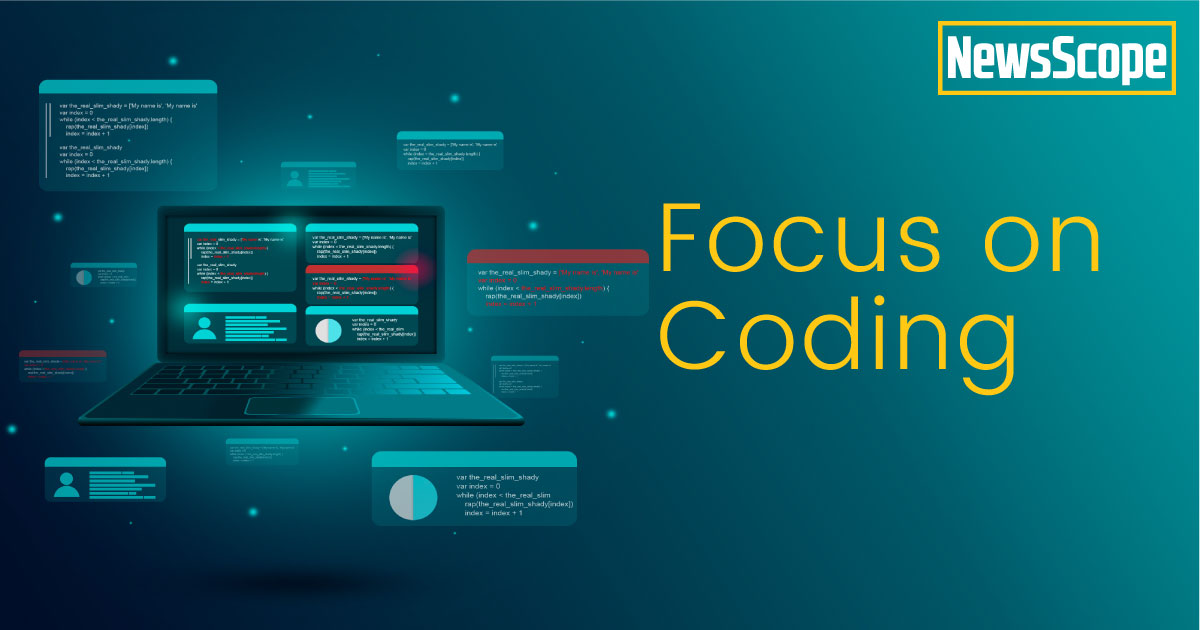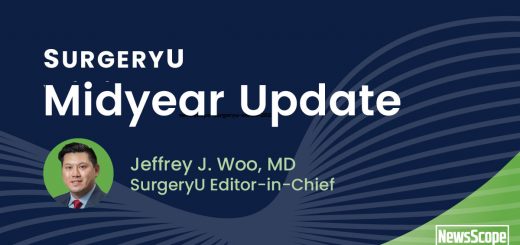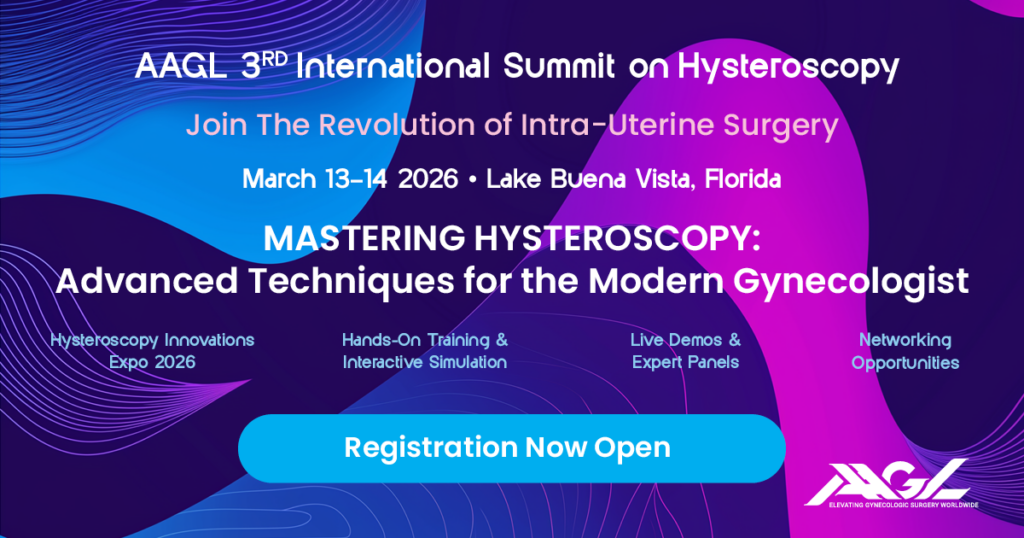NCCI Edits

With the April 2024 change that excludes billing a hysteroscopic myomectomy (58561) with an RF ablation of a myoma (58580), now is probably a suitable time to visit the “NCCI edits.”
What is an NCCI edit? The acronym stands for National Correct Coding Initiative and it is a very, very long table listing codes that automatically deny payment for another code. For example, if you perform a laparoscopic hysterectomy (58570) and ON THE SAME DAY try to bill a problem visit code in the outpatient setting (9921x), that will be automatically denied. The 58570 is already paying for any outpatient visits within 24 hours of the procedure and thus any 9921x code billed the same day (or in the global period) will be automatically denied by CMS and almost all private payers. It’s in the NCCI so it won’t require a human to review, the denial letter just goes out without any human touch. Another example is billing a laparoscopic hysterectomy (58570) and an abdominal hysterectomy (58150) on the same day. The rules state that if you start laparoscopically and finish abdominally, then you would bill for the open case (which includes more post operative inpatient and outpatient visits and thus has a higher wRVU). Trying to bill for a laparoscopic and open hysterectomy, even with a 53 modifier (discontinued procedure) will result in the automatic denial of payment for the laparoscopic procedure.
These tables are readily available on the CMS website. The addition (and subtraction) of codes that can be billed together (or not) is solely managed by CMS. The local Medicare Administrative Contractor (MAC) must implement the data in the NCCI edits and does not have the ability to change any of the edits. Requesting a change to the NCCI edits must be done directly to CMS at this email: NCCIPTPMUE@cms.hhs.gov. The use of the NCCI edits by other payers is at the sole discretion of the payer, most of whom use the NCCI edits in their claims systems as well.
Now, back to the original issue. If you have a patient with abnormal bleeding and you discover that they have a type 1 and a type 2-5 fibroid, you may want to perform a 58561 on the type 1 fibroid and a 58580 on the type 2-5 fibroid. Currently, you would get paid for one of the procedures but not both (on the same day). CMS has only listed that it violates “CPT manual or CMS manual coding instruction.” However, what they are really trying to avoid is paying for an ablation and a resection of the same fibroid on the same day. They currently do not recognize that a patient may have more than one fibroid that may require more than one modality via hysteroscopy. Interestingly, they do allow a hysteroscopic and a laparoscopic myomectomy together, but not a hysteroscopic myomectomy and hysteroscopic polypectomy.
What should you do if you encounter a situation where what you did is excluded by the NCCI edits? First, make sure that you used correct ICD10 codes for each procedure. In this example, if you coded the generic D25.9 for “uterine fibroid, unspecified,” the payer has no way of knowing that you did separate procedures on separate fibroids. Using D25.0 for the 58661 and D25.1 for the 58580 would be the way to inform the payer of two separate fibroids. Second, appeal the claim. There is a stepwise process to appeal these claims to CMS that goes all the way to the legal system where a judge can force CMS to pay. The appeal process would also apply to private payers as well. Send in the appeal with the operative note that clearly states what was done and why. Third, write to the above email address with specific examples you have encountered (that do NOT contain patient information) of why this edit should be removed. For the above NCCI edit, and others as they arrive, AAGL and ACOG are working together to have CMS remove the edit. CMS posted the 2024 quarter 3 edits June 3, 2024, and this specific exclusion was still listed. Hopefully with our additional work and your help, we can help CMS see how this edit is hurting patients and hurting healthcare in the United States.
Happy Coding!






